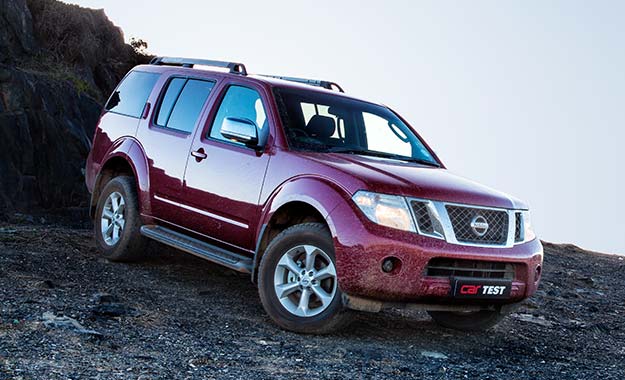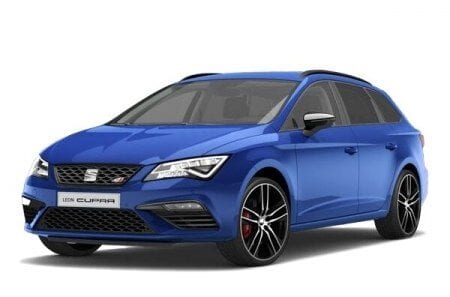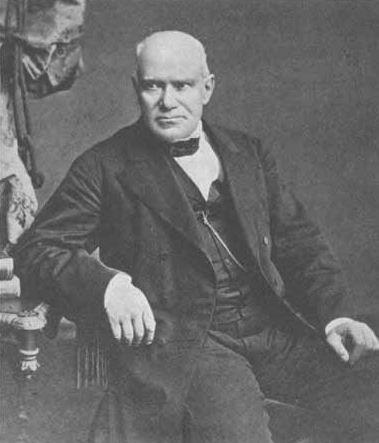
Nissan Pathfinder 2.5 dCi 4 × 4 SE
Dividing the supply is logical in itself: if the market shows that something no longer makes (does not) make sense, it shows that, as we like to say, needs to be rationalized.
And if this happens during a global recession, the reason is much stronger.
From this point of view, it is not easy for Pathfinder, but also not as dramatic as it seems. We may only miss the three-door Terran version, but this one, with the exception of Spain, has never been very popular. The Patrol is also easy to miss: few of its owners have pushed it to their limits, and for others, Pathfinder is by far the best choice because it is more convenient than it really is.
However, Pathfinder has been around the world for 24 years and has made a name for itself during this time. Recognized as one of the best experts in SUV design, Nissan has positioned this generation of Pathfinder in its own way, among others (competitors) comparable to the segment of massive SUVs and luxurious (or rather comfortable). ) SUVs. As such, the Pathfinder is not as fast, agile and comfortable as high-end SUVs (like the Murano) and not as chubby and unfeeling as real off-road vehicles (like the Patrol). In fact, from a technical (and user) standpoint, it really has no real competition.
Even those who don't know about cars will look back at it: because it's Nissan, because it's Pathfinder, and because it has an interesting phenomenon. It’s hard for her to say: off-road, it doesn’t work very well, as the wheels are stored much closer to the body than in classic SUVs, but with its flat surfaces, the contact edges of which are slightly rounded, it still looks bold and solid. Take for example the white exterior color and the additionally tinted windows at the rear: this one looks impressive, convincing and respectful. And this is perhaps the biggest part of his success.
After a little refurbishment, the interior is even more car-like when it comes to looks and first impressions, but it still has (too) flat seats, meaning no effective side grip. However, this is part of his seating specialty: he has seven (SE equipment package) and six of them are designed for very good interior flex. The passenger seats fold into a table (in fact, this allows you to carry longer items), the second row has three separate seats with a ratio of approximately 40:20:40, and the third row has two, otherwise sits at the bottom.
The second and third rows are folded to form a perfectly flat surface. Worst of all is the surface material, which fades too quickly, even if you are carrying bags (not cargo), and the two-piece overhead bin is not very convenient to use. Practice shows that it is best to remove or install completely, and all intermediate combinations are inconvenient.
Moving the second row of seats, where the outer two seats also have an offset function to access the third row, is simple and ready after a few uses (including a five-step backrest adjustment), and even less prior knowledge is required to install the third row seats. Accessing the third row requires some exercise, but there is surprisingly plenty of room in the back.
Even more impressive than that is the ease of use of the interior, as we've listed as many as ten places for cans or bottles, and 1 liter bottles are easy to place in the doorway. The Pathfinder also has enough crates and other places for small items, and overall, third-class passengers will miss the air conditioning bays the most, which only take a long time to get there.
The air conditioner automatics are generally very gentle, often you have to start the fan faster (in hot weather). Otherwise, the front end is typical of Nissan: with a characteristic multi-directional central button (navigation, audio system ...), with a nice, large, colorful and touch screen (the basis of the IT Pack, which we definitely recommend), with slightly awkwardly located buttons in the center of the dashboard (to which you need to get used to) and again with a characteristic type of sensors. This time, the on-board computer is located only in the environment of the central screen (and not in the sensors), and the audio system has a ready-made operating mode, USB-input for mp3 files and only average sound.
Pathfinder is a lot more manageable and manageable than its appearance would suggest. The driver will only miss the sound parking assistant, since even in this Nissan only the camera is intended for this (wide, as it spoils the perception of distances, information is scarce in the rain and at high contrasts), but turning the steering wheel is not an easy task. the task is not difficult, and the Pathfinder is a fairly long maneuverable machine. Anyone who gets into it from a passenger car will only notice a few differences: a slightly louder and rougher turbo diesel sound, longer shift lever movements (especially laterally) and a more indirect steering wheel, perhaps also a slightly smaller chassis. comfort (especially in the third row) and more body lean in faster corners.
The engine in the Pathfinder test was already the well-known 2-litre four-cylinder engine, with enough torque and power to keep pace on all roads. But nothing more: more demanding drivers looking for more driving dynamics will miss out on a few Newton meters and the “horse” for more flexibility at higher speeds – if you need to pass a truck on a country road or lift a car. pace on roads with many hills.
The engine spins without resistance at almost five thousand rpm, but in most cases, the driver only needs to switch to 3.500 rpm, as it moves "with torque", which saves fuel and prolongs the life of the car. The engine mates well with the manual transmission, the first gear is off-road and the gear lever feedback is very good.
The Pathfinder, on the other hand, feels best when you're off the tarmac onto anything else you might call a road or trail. Its All Mode drive has a rotary knob in front of the gear lever that switches from rear-wheel drive to automatic all-wheel drive (designed for poor conditions on paved roads), permanent all-wheel drive and all-wheel drive. drive with gearbox. As long as the driver is not stuck in the body (24cm ground clearance) or the tires do an impossible task, the Pathfinder can easily navigate in the desired direction. The All Mode switches are also flawless, so the driver can always focus only on the road or off-road.
And all of the above is the answer to the question of the triple role. Pathfinder, which of course has to maintain its own name, has to carry on the tradition of Terrans and Patrols as well. On and off the road. Therefore, with one thought: as long as it exists, it will not be difficult.
Vinko Kernc, photo: Vinko Kernc
Nissan Pathfinder 2.5 dCi 4×4 SE
Basic data
| Sales: | Renault Nissan Slovenia Ltd. |
|---|---|
| Base model price: | 37.990 € |
| Test model cost: | 40.990 € |
| Calculate the cost of auto insurance | |
| Power: | 140kW (190 KM) |
| Acceleration (0-100 km / h): | 11,0 with |
| Maximum speed: | 186 km / h |
| Mixed flow ECE: | 8,5l / 100km |
Technical information
| engine: | 4-cylinder - 4-stroke - in-line - turbodiesel - displacement 2.488 cm? – maximum power 140 kW (190 hp) at 4.000 rpm – maximum torque 450 Nm at 2.000 rpm. |
|---|---|
| Energy transfer: | the engine drives all four wheels - 6-speed manual transmission - tires 255/65 R 17 T (Continental CrossContact). |
| Capacity: | 186 km/h top speed - 0-100 km/h acceleration in 11,0 s - fuel consumption (ECE) 10,8/7,2/8,5 l/100 km, CO2 emissions 224 g/km. |
| Mass: | empty vehicle 2.140 kg - permissible gross weight 2.880 kg. |
| External dimensions: | length 4.813 mm - width 1.848 mm - height 1.781 mm - wheelbase 2.853 mm. |
| Inner dimensions: | fuel tank 80 l. |
| Box: | 332-2.091 l |
Our measurements
| T = 26 ° C / p = 1.120 mbar / rel. vl. = 36% / Odometer Condition: 10.520 km | |
| Acceleration 0-100km: | 10,9s |
|---|---|
| 402m from the city: | 17,0 years ( 126 km / h) |
| Flexibility 50-90km / h: | 7,8 / 12,5s |
| Flexibility 80-120km / h: | 11,5 / 16,4s |
| Maximum speed: | 186km / h (WE.) |
| test consumption: | 11,1 l / 100km |
| Braking distance at 100 km / h: | 40,1m |
| AM table: | 40m |
evaluation
The Pathfinder of this generation is without a doubt a successful car, from looks to technology. An asphalt or telegraph track, a city or a highway, short trips or journeys, the transport of passengers or luggage from different angles seems to be universal. Overall, it is very attractive and easy to operate.
We praise and reproach
exterior appearance
engine torque
All drive modes
ground clearance
seat flexibility
barrel size
ease of use
mechanical strength
inner drawers
seven seats
it does not have a sound parking aid
perfectly flat seats
shelf above the trunk
barrel surface (material)
weak engine when used on the road
long movements of the gear lever

